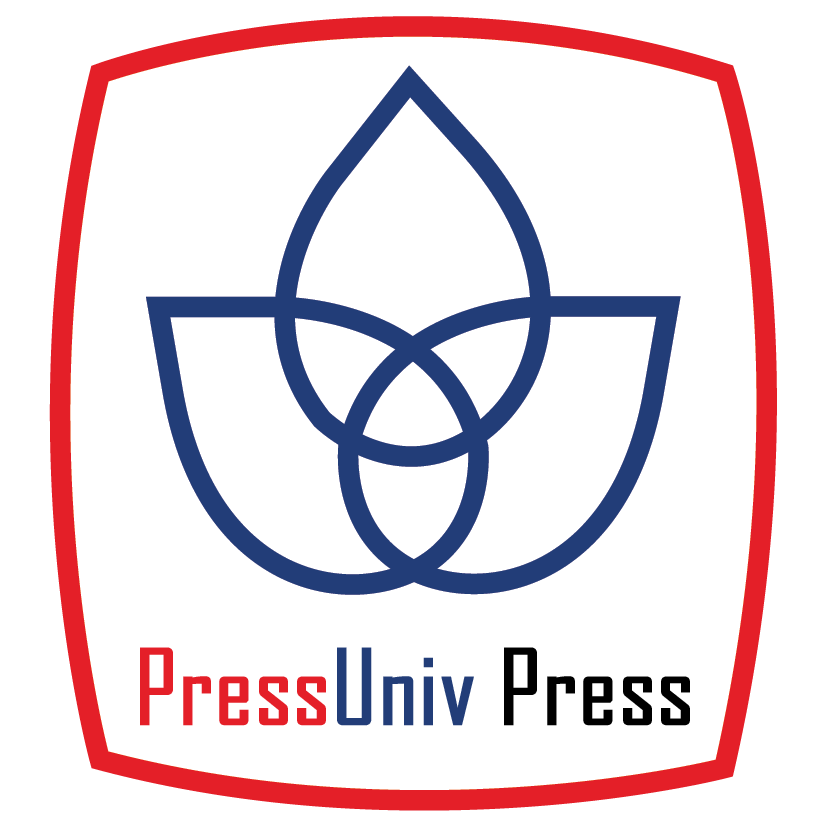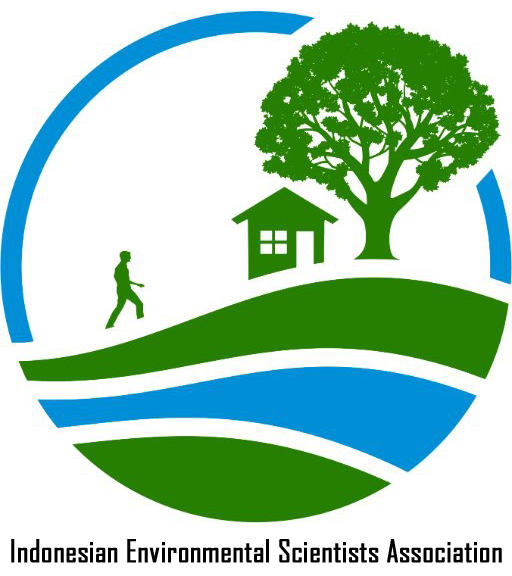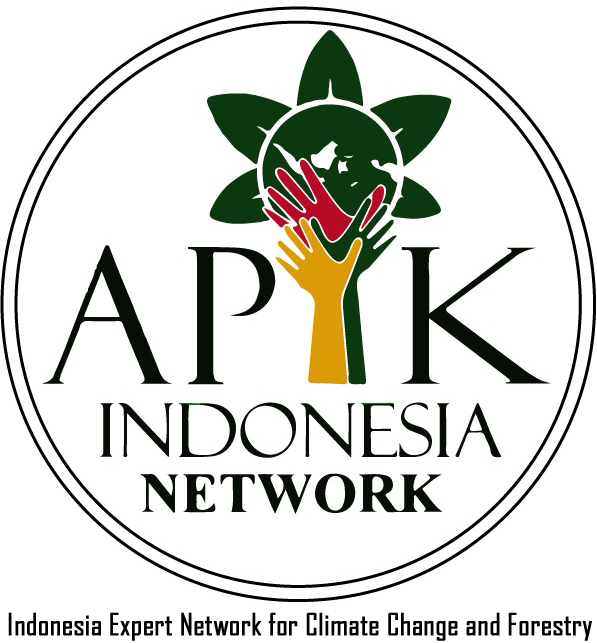Kajian Penerapan Life Cycle Persfective dengan Penerapan Reduce, Reuse, dan Recycle (3R) di Industri Berbahan Baku Logam dan Plastik Cikarang
Abstract
Keywords
Full Text:
PDF (Bahasa Indonesia)References
O. Soemarwoto (1997). Ekologi, lingkungan hidup, dan pembangunan. Bandung: Djambatan
Patil, Dr, and Y. Dilip (2012). Sustainable Development and Construction Industry. Google Scholar
Prayitno, “Kajian Recycle, Reuse dan Recovery (3R) untuk Proses Produksi Kulit Wet Blue pada Industri Penyamakan Kulit,” Majalah Kulit, Karet, dan Plastik, vol. 25, no.1, 2009.
M. Chaerul and V. Allia, « Kajian Recycle, Reuse dan Recovery (3R) untuk Proses Produksi Kulit Wet Blue pada Industri Penyamakan Kulit,” Majalah Kulit, Karet, dan Plastik, vol. 25, no.1, 2009.
Helmi, H., Nengsih, Y., & Suganda, V. (2018). « Peningkatan kepedulian lingkungan melalui pembinaan penerapan sistem 3R (reduce, reuse, recycle) ». JPPM (Jurnal Pendidikan dan Pemberdayaan Masyarakat), 5(1), 1-8. doi:http://dx.doi.org/10.21831/jppm.v5i1.1686
S. Sumiyati and M. Restuti Iriany, “Penerapan Recycle, Reuse dan Recovery (3R) Limbah Bahan Berbahaya dan Beracun secara Off-site PT Pengelolaan Limbah Industri Batam (PT PLB) Jakarta,” Jurnal Presipitasi : Media Komunikasi dan Pengembangan Teknik Lingkungan, vol. 4, no. 1, pp. 48-55, Mar. 2008.[7]S. Madya (2007). Teori dan Praktik Penelitian Tindakan. Bandung: Alfabeta
H. Jefferson, R. Dvorac, and E. Kosior (2009). « Plastics recycling: challenges and opportunities ». Philos Trans R Soc Lond B Biol Sci. 2009 Jul 27; 364(1526): 2115–2126. doi: 10.1098/rstb.2008.0311
O. Soemarwoto (1997). Ekologi, lingkungan hidup, dan pembangunan. Bandung: Djambatan
A. Dyah Radityaningrum, J. Caroline, D. Kusuma Restianty (2017). « Potensi Reduce, Reuse, Recycle (3R) Sampah pada Bank Sampah Bank Junk for Surabaya Clean (BJSC) ». Jukung Jurnal Teknik Lingkungan, 3( 1) :1-11 :2017.
M. K. Mostafa and R. W. Peters (2017). »Applying the three R’s: Reduce, reuse, and recycle in the chemical industry ».Journal of the Air & Waste Management Association, 67:3, 322-329, DOI: 10.1080/10962247.2016.1234421
U. Aminu Umar, N. Shafiq, F. Amira Ahmad (2021).”A case study on the effective implementation of the reuse and recycling of construction & demolition waste management practices in Malaysia”. Ain Shams Engineering Journal, Volume 12, Issue 1,2021,Pages 283-291, ISSN 2090-4479,https://doi.org/10.1016/j.asej.2020.07.005.
H. Yuan (2013. ”Key indicators for assessing the effectiveness of waste management in construction projects”.Ecol Ind, 24, pp. 476-484
N. Shafiq, C.S. Choo, M.H. Isa (2018). “Effects of used engine oil on slump, compressive strength and oxygen permeability of normal and blended cement concrete.”Constr Build Mater, 187 (2018), pp. 178-184
M. Zahid, N. Shafiq, M.H. Isa, L. Gil (2018). ”Statistical modeling and mix design optimization of fly ash based engineered geopolymer composite using response surface methodology.” J Cleaner Prod, 194 (2018), pp. 483-498.
M. Zahid, N. Shafiq, A. Jalal (2018). “Investigating the effects of solarcure curing method on the compressive strength, microstructure and polymeric reaction of fly ash based geopolymer”. Constr Build Mater, 181 (2018), pp. 227-237
N. Shafiq, T. Ayub, S.U. Khan (2016).”Investigating the performance of PVA and basalt fibre reinforced beams subjected to flexural action.” Compos Struct, 153 (2016), pp. 30-41
T. Ayub, N. Shafiq, S. U, Khan (2016). “Compressive stress-strain behavior of HSFRC reinforced with basalt fibers”. J Mater Civil Eng. 2016;28(4):art. no. 06015014.
R. Dwi Arisona (2018). « Pengelolaan Sampah 3R (Reduce, Reuse, Recycle) Pada Pembelajaran IPS untuk Menumbuhkan Karakter Peduli Lingkungan. ». Al Ulya: Jurnal Pendidikan Islam Volume 3 nomor 1, edisi Januari - Juni 2018
F. Subekti (2017). « Implementasi Reduce, Reuse, Recycle (3R) dalam Menumbuhkan Kepedulian Anak Terhadap Lingkungan Di Paud Gajah Wong, Balerejo, Mujamuju, Umbulharjo, DIY. ». Jurnal Elektronik Mahasiswa Pend. Luar Sekolah. Vol 6, No. 6
DOI: http://dx.doi.org/10.33021/jenv.v7i2.1566
Copyright (c) 2022 Nida Mariam

This work is licensed under a Creative Commons Attribution-ShareAlike 4.0 International License.
Journal of Environmental Engineering and Waste Management Published by PresUniv Press, in collaboration with IESA and APIK Indonesia Network




